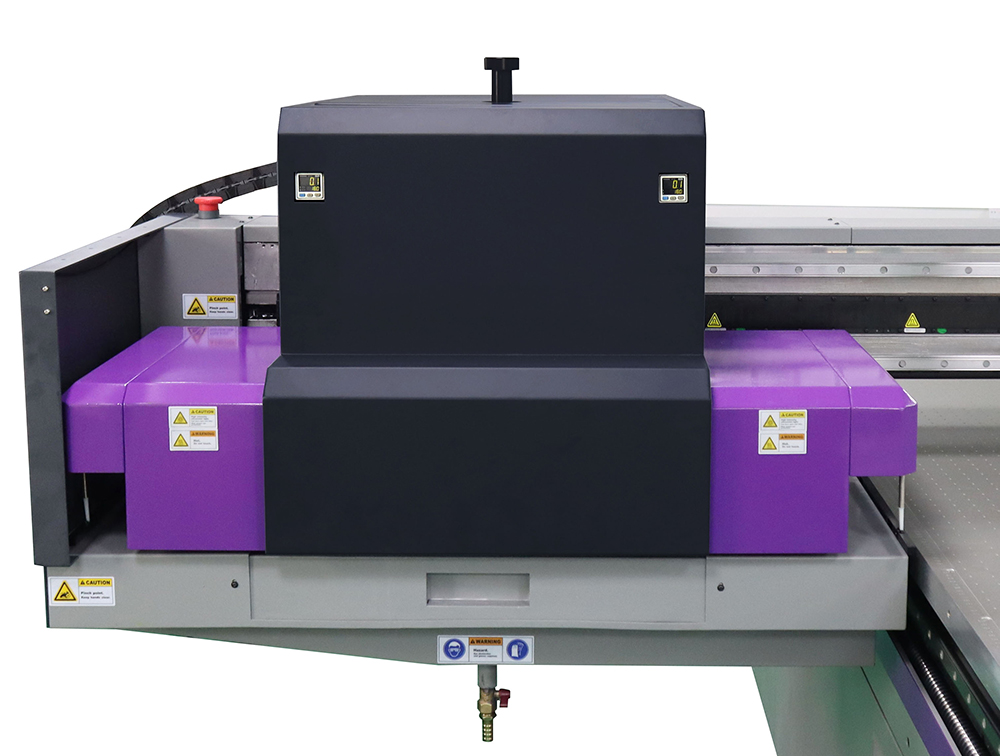What Is the Role of Substrates in UV Flatbed Printing?
What Is the Role of Substrates in UV Flatbed Printing?
UV flatbed printing, a versatile and efficient digital printing technology, has revolutionized the way images and designs are transferred onto various surfaces. This printing method employs ultraviolet (UV) light to cure or dry the ink instantly, allowing for rapid printing and finishing processes. One of the critical factors influencing the success and quality of UV flatbed printing is the choice of substrate—the material onto which the ink is printed. This article delves into the role of substrates in UV flatbed printing, exploring their importance, the different types available, and how they affect the final print output.

The Importance of Substrates in UV Flatbed Printing
Substrates play a pivotal role in UV flatbed printing as they directly influence the adhesion, color vibrancy, durability, and overall aesthetics of the printed product. The surface properties of the substrate, such as porosity, texture, and chemical composition, determine how well the ink can adhere to it and how the printed design will appear. For instance, a porous substrate might absorb more ink, leading to deeper, richer colors, while a non-porous surface might result in brighter, more vibrant hues.
Moreover, the choice of substrate affects the print’s durability. UV-cured inks form a strong bond with the substrate, making the print resistant to fading, scratching, and environmental factors like moisture and sunlight. However, the extent of this durability depends on the substrate’s inherent properties. For example, printing on a flexible material like vinyl might require additional considerations for long-term durability compared to printing on a rigid material like glass.
Types of Substrates Used in UV Flatbed Printing
UV flatbed printers can accommodate a wide range of substrates, offering versatility for various applications. The following are some of the most commonly used substrates in UV flatbed printing:
Rigid Substrates:
Glass: Offers a sleek, modern look and is ideal for interior design elements, signage, and architectural applications.
Acrylic: Lightweight and durable, acrylic is often used for point-of-purchase displays, signage, and protective covers.
Wood: Provides a natural, warm aesthetic and is suitable for furniture, decorative items, and custom branding elements.
Metal: Aluminum, stainless steel, and other metals are popular for creating high-end signage, plaques, and industrial labeling.
Flexible Substrates:
Vinyl: Versatile and durable, vinyl is commonly used for vehicle wraps, banners, and outdoor signage.
Polyester Fabric: Suitable for flags, soft signage, and textiles, polyester fabric offers good color retention and weather resistance.
Leather and Synthetic Leather: Used for high-end products such as custom phone cases, wallets, and fashion accessories.
Specialty Substrates:
Foam Board: Lightweight and easy to cut, foam board is ideal for temporary signage, presentations, and mockups.
Ceramic and Tile: Used for decorative purposes in interior design and custom flooring.
Stone and Concrete:虽然不常见,但在某些创意或户外艺术装置中会使用,需特殊处理以确保墨水附着。
Factors to Consider When Choosing a Substrate
Selecting the appropriate substrate for a UV flatbed printing project involves considering several factors:
Print Application: The intended use of the printed item will dictate the type of substrate needed. For example, outdoor signage requires a substrate that can withstand weather conditions.
Ink Adhesion: Different substrates have varying levels of ink adhesion. It’s crucial to choose a substrate that is compatible with UV-cured inks to ensure optimal print quality.
Durability: Consider the expected lifespan of the printed product and choose a substrate that can meet those durability requirements.
Aesthetics: The look and feel of the substrate should align with the desired visual outcome and brand image.
Cost: Substrate costs can vary widely, so it’s important to balance cost considerations with the desired print quality and application requirements.
Preparation and Treatment of Substrates
Proper preparation and treatment of substrates are essential for achieving successful UV flatbed prints. This may involve cleaning the surface to remove dust, oil, or other contaminants that could affect ink adhesion. In some cases, priming or coating the substrate may be necessary to enhance ink adhesion or achieve specific visual effects.
Additionally, understanding the substrate’s temperature sensitivity is crucial, as UV inks cure more effectively on substrates that are within an optimal temperature range. Substrates that are too cold or too hot can lead to ink curing issues, resulting in poor print quality.
Conclusion
In summary, substrates play a fundamental role in UV flatbed printing, influencing ink adhesion, print durability, aesthetics, and overall success of the printed product. The versatility of UV flatbed printers allows for a wide range of substrate options, each with its unique properties and applications. By carefully considering the print application, ink adhesion, durability, aesthetics, and cost, printers can select the most appropriate substrate to achieve the desired print outcome. Proper preparation and treatment of substrates further ensure optimal print quality and longevity. As UV flatbed printing technology continues to evolve, so too will the range of substrates available, further expanding the creative possibilities for this dynamic printing method.
